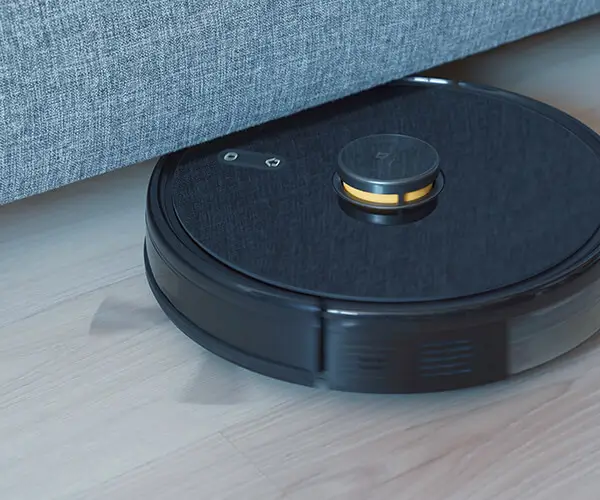When it comes to precision and control in various mechanical applications, stepper motors and servo motors often take the spotlight. These two types of motors are staples in automation, robotics, and CNC machinery. But how do they really stack up against each other? Let's break it down in a way that makes sense.

First up, let's talk about stepper motors. These motors are designed to move in discrete steps, allowing them to be highly accurate without needing encoders or feedback systems. That makes them an excellent choice for situations where precision is key. For example, in 3D printers or camera positioning systems, stepper motors are often the go-to because they can achieve very fine movements without the need for additional sensors or controls.
But there’s a catch. While stepper motors excel in precision, they can struggle with maintaining speed under load. If you push them too hard or ask them to maintain a high torque at high speeds, they tend to lose steps. This is why they might not be the best fit for high-speed, high-performance applications. However, if you're looking for a cost-effective and straightforward solution, stepper motors get the job done.
Now, let’s turn our attention to servo motors. These are built for high-performance tasks where both speed and torque are critical. Unlike stepper motors, servos have a built-in feedback system, meaning they continuously adjust their position and speed. This makes them more adaptable to varying loads, giving them the edge when precision and performance under stress are required.
Think of a robot arm in an industrial setting or an automated conveyor system – servo motors shine in these scenarios. They can move quickly and with precision, maintaining power and accuracy even under heavy load conditions. They're also typically more energy-efficient than stepper motors, which is a huge plus for industries looking to cut down on power consumption over time.
The real question is: which one should you choose for your project?
If you're dealing with applications that need constant, precise movement without much variation in load, a stepper motor might be perfect. Simple, effective, and reliable. On the other hand, if your system demands dynamic responses to load changes and you need smooth, rapid movement, a servo motor is probably the better choice.
But don’t forget about cost – servo motors can be more expensive than stepper motors. So, it’s crucial to weigh the performance requirements of your project against your budget.
In conclusion, both stepper and servo motors have their strengths. The key is understanding your specific needs – whether it’s the precision and simplicity of a stepper or the versatility and performance of a servo motor. With this understanding, you’ll be well on your way to selecting the right motor for your application.
Established in 2005, Kpower has been dedicated to a professional compact motion unit manufacturer, headquartered in Dongguan, Guangdong Province, China. Leveraging innovations in modular drive technology, Kpower integrates high-performance motors, precision reducers, and multi-protocol control systems to provide efficient and customized smart drive system solutions. Kpower has delivered professional drive system solutions to over 500 enterprise clients globally with products covering various fields such as Smart Home Systems, Automatic Electronics, Robotics, Precision Agriculture, Drones, and Industrial Automation.




































